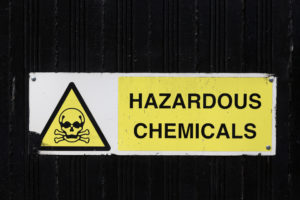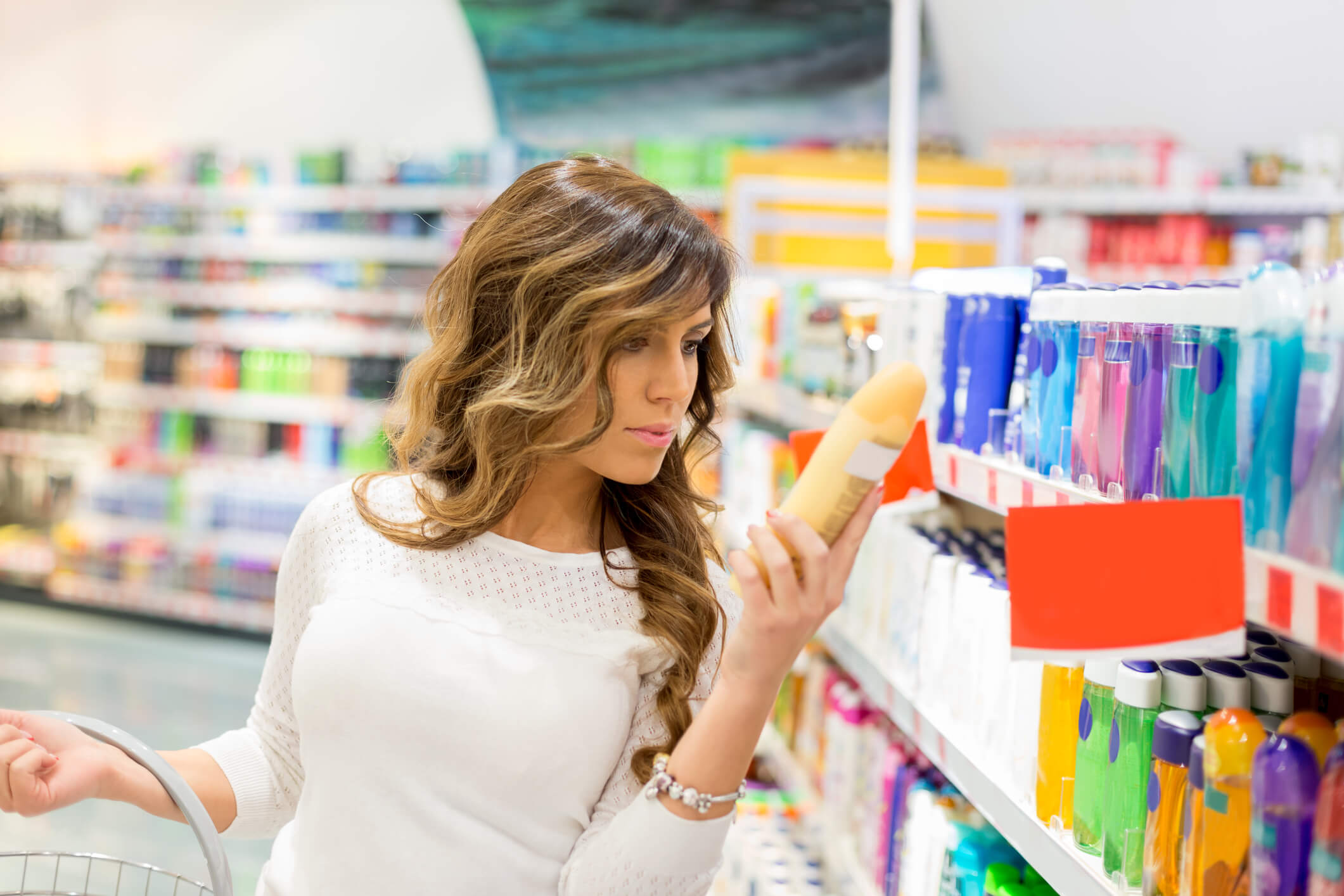There’s a new fragrance in the air, and it’s a welcome scent we like to call “transparency.”
On the heels of the information age, consumers have become more curious and concerned about the foods they eat and the products they use—and fragrances and personal care items are no exception.
It’s a “trend” that really is at least a hundred years in the making, especially in the United States.
In 1913, a few years before he became an associate justice in the U.S. Supreme Court, Louis Brandeis composed an article titled “What Publicity Can Do” in Harper’s Weekly. Poignantly, he wrote: “But it is now recognized in the simplest merchandising, that there should be full disclosures. The archaic doctrine of caveat emptor is vanishing. … The Federal Pure Food Law does not guarantee quality or prices; but it helps the buyer to judge of [sic] quality by requiring disclosure of ingredients.”
Caveat emptor is Latin for “Let the buyer beware.” Of course, today’s buyers are more aware and less inclined to accept having to beware of anything they ingest or use on their bodies, in their homes or at their businesses.
Over the years, legislation such as the Federal Food, Drug and Cosmetic Act of 1938 and later the Food Allergen Labeling and Consumer Protection Act of 2004 were passed as U.S. regulators continued to peel away the layers of what exactly is used to create the products consumers purchase.
It Would Be a SIN

The International Chemical Secretariat, a nonprofit organization dedicated to working toward a toxic-free environment, has been keeping track of chemicals on a list it calls Substitute It Now, better known as SIN, for over a decade. Chemicals such as Dibutyltin, a tin compound, are on the list for being “toxic to reproduction” while chemicals such as Azobenzene, an aromatic amine, are listed as “carcinogenic.”
While most consumers are more familiar with the dangers of chemicals—such as Bisephnol A, an endocrine disruptor found in plastics that is better known as BPA, and Monosodium glutamate, or MSG, a flavor enhancer that was widely used in foods for decades—they expect any hidden dangers to be eliminated from the products they use or, minimally, disclosed on the packaging as meeting federal guidelines.
Consumers will “vote” with their feet if they think companies are not being transparent about chemicals, and, in some cases, advocacy groups have been known to stage protests and add pressure to companies on social media to force the issue.
And the chemical composition scrutiny will likely ratchet up even further in the coming years as European Union Registration, Evaluation, Authorisation and Restriction of Chemicals, or REACH, registration requirements drop to 1 ton or more on June 1, 2018, and formulators will need to prove the safe use of their mixtures by considering the exposure scenario of substances. This wave of new and updated information is likely to draw the attention of watchdog groups.
Look Inside
The truth of the matter is companies have gotten a whiff of what’s to come and are taking action.
Earlier this year, Unilever announced it would disclose the fragrance ingredients in brands such as Dove soap, Axe body sprays and Vaseline petroleum jelly. S.C. Johnson & Son Inc. made a similar pledge. The company said it plans to reveal 368 potential skin allergens in products such as Glade air fresheners and Pledge surface cleaners. More recently Procter & Gamble Co. announced that it would reveal the ingredients in its fragrance products by the end of 2019, including its Tide laundry detergents and Herbal Essences shampoos. In all, P&G said it plans to reveal what’s behind the curtain of 2,000 products from 65 different brands.
If other consumer product manufacturers are slow to get the message that they should start revealing more of the chemicals that go into their products, retailers have heard consumers loud and clear, and some big-time players are about to make a stink about it. Wal-Mart Stores Inc, for one, signed on to the Chemical Footprint Project back in August. The big-box store joined other retailers such as CVS Health and Staples that have made a commitment to “encourage companies in your sphere of influence to participate in the Chemical Footprint Project,” which was created to encourage the disclosure of chemicals in products and reduce the use of high-risk ones.
This is on the heels of efforts from both Wal-Mart and Target Corp. to get suppliers to move toward “green goods.” Target, for instance, is seeking to use its marketplace influence to get companies to offer full chemical ingredient disclosure in many product categories, such as beauty, personal care and cleaning goods—and that includes house-brand items—by 2020.
“Part of knowing what’s in products is understanding where they come from and how they’re made,” said Irene Quarshie, vice president, quality and compliance, Target Sourcing Services, in a news release. “So we’ll build on our work in the responsible sourcing space to help us verify that supply chain processes are sustainable, as well as ethical and responsible, from beginning to end.”
Consumer pressure is one thing, but as the stores that sell fragrant products enter the game, it will become much more critical for manufacturers to start playing show and tell.
Opening the Windows … and Putting Up a Screen

The trend on full disclosure is interesting to follow, but remember that there will always be cases where a full-disclosure approach would not be suitable or prudent.
In the fragrances and personal care industries for instance, the secret of a formula lies in the exact nature of the substances (their impurities even) and their concentration. Revealing the composition of those products with precision means basically handing over your company’s intellectual property, which just isn’t a good business practice.
In those cases, disclosing the strict minimum a law requires may well be the only alternative to preserve market share.
Authoring the Perfect Script
Unveiling ingredients in fragrance and personal care products takes a tactical approach that Sphera’s Product Stewardship software solutions can help facilitate.
Sphera’s Authoring solutions are designed to take the guesswork out of guessing what works in disclosing chemicals. The software is used by Environmental Health & Safety professionals every day as a way to produce safety data sheets and reports where product compositions are disclosed.
The software includes disclosure rules aligned against country-specific legal requirements and industry standards such as the EU Cosmetics Directive, International Fragrance Association Code of Practice and EU Detergents regulation.
The open-source platform offers full control for setting disclosure levels as needed by other markets as well, including retail.
After all, you can use all the fragrant or personal care products you want to meet today’s increasing chemical disclosure demands at the consumer, retail and regulatory levels, but they won’t mask the smell of non-conformance and especially noncompliance in the eyes of watchdogs seeking transparency. You can breathe easier knowing Sphera’s Authoring solutions offer companies much more than just a hint of true chemical transparency.

